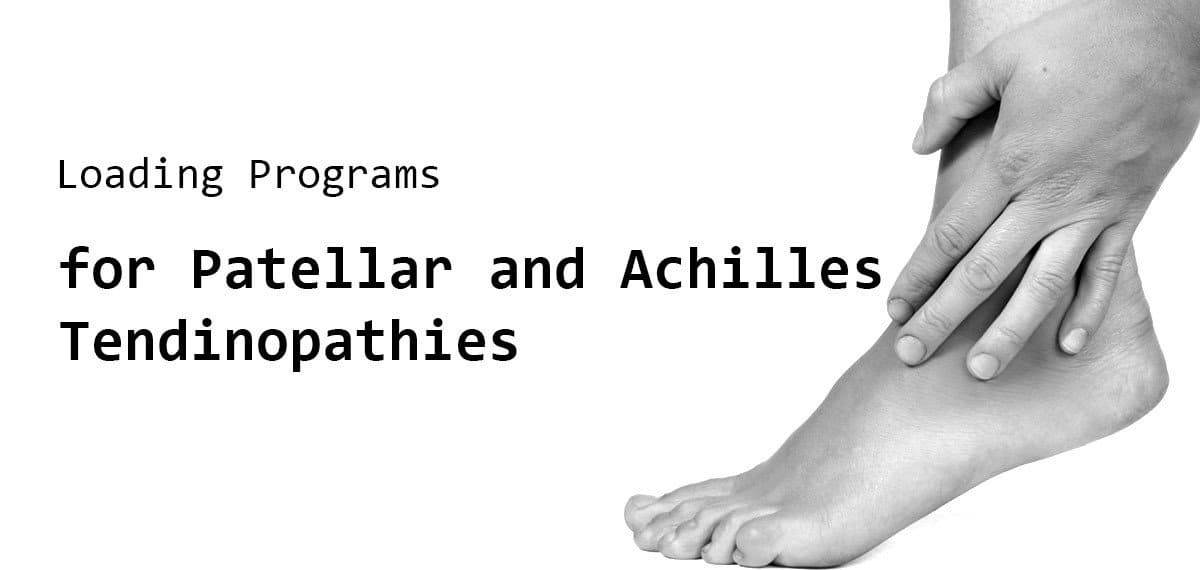Eccentric Training and Lower Limb Tendinopathy:
- Athletic overuse injuries of the patellar and Achilles tendons are common
- Eccentric muscle training is a popular conservative treatment approach
- Up to 45% of patients do not respond to eccentric-only loading treatment
Common Loading Approaches to Tendinopathy Treatment:
- Eccentric-concentric, progressing to eccentric-only
- Eccentric-concentric, heavy slow resistance (HSR)
- Eccentric-only
Research Questions:
- What is the quality of the evidence in studies comparing loading programs?
- What are the non-clinical outcomes associated with clinical outcomes?/span>
Research Methods:
- 32 studies reviewed
- 10 studies compared loading programs
- 28 studies investigated potential mechanisms
- 6 studies did both
Results:
- There is limited evidence that eccentric-only loading is superior to other loading programs
- There is equivalent evidence for Silbernagel Combined loading for Achilles treatment, and greater evidence for HSR loading for patellar treatment
- Improved neuromuscular performance was the only mechanism consistently associated with improved clinical outcomes
- HSR loading and Silbernagel Combined loading both had equivalent or higher evidence compared to eccentric-only loading
























































